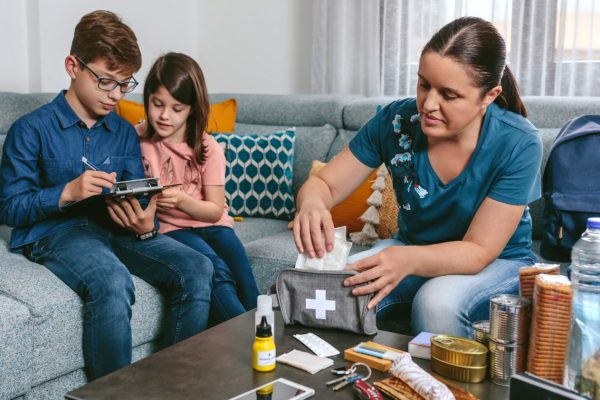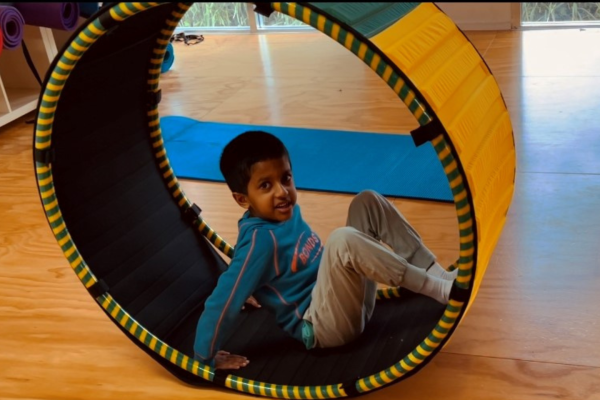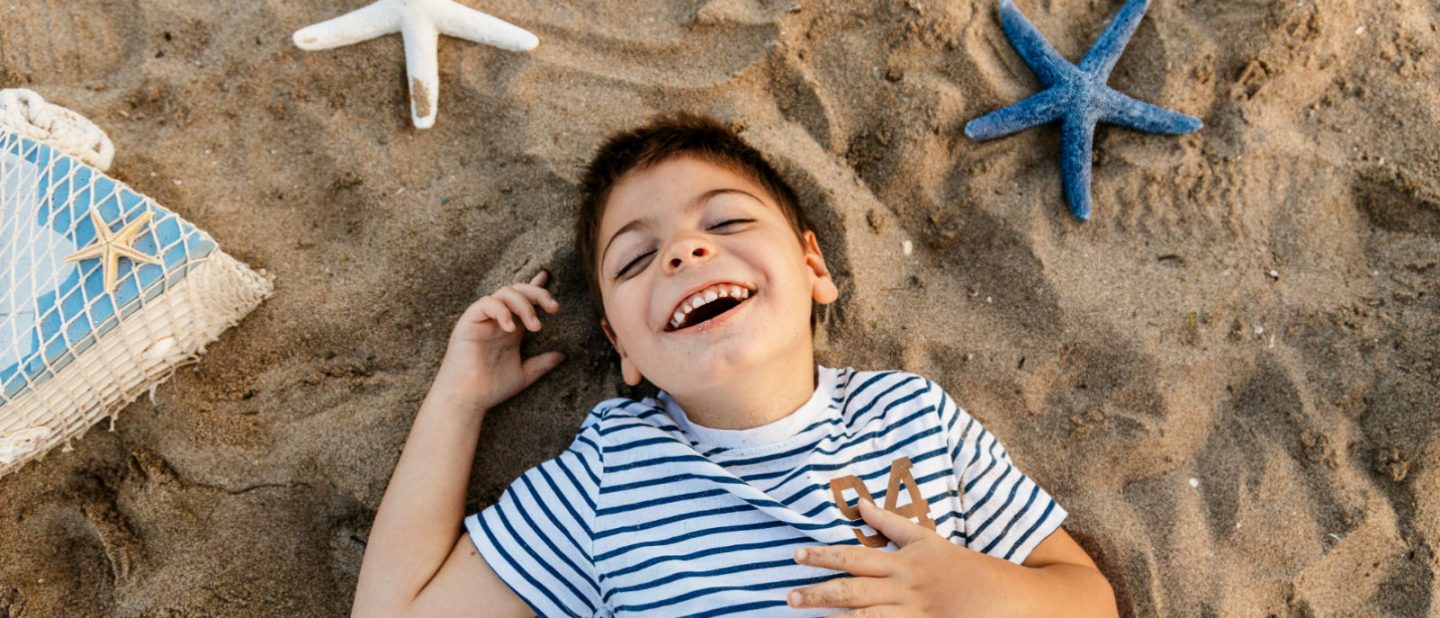
Tips and products to help you beat the beach blues
By Nicole Davis
Do you sometimes feel that the whole of Australia is having fun at the beach except for you and your family? The beach does throw up its fair share of challenges for our kids and it’s all too easy to get stuck into the mentality that a day out in the sun, sea and surf is just too hard and not worth the effort. There are so many benefits to be had if you can overcome the obstacles however, it just takes a bit of resourcefulness, preparation and the right products. From tackling sensory issues, access and practicalities like hauling all your child’s equipment, why not consider some of the following…
OVERCOMING SENSORY ISSUES
One of the big issues for many children is that the beach just throws up one too many sensory challenges. Even the best of us can get a little antsy when we’re covered in gritty sand! Try sitting with your child and working through what’s involved
in a trip to the beach before you go. Use a social story to outline how you will get ready, travel to the beach, what they will wear, where they’ll sit etc. Go through this regularly so your child is aware of some of the challenges they might face.
You can also help your child prepare for some sensory challenges by allowing them to explore some of the experiences in a less stimulating setting. You could make a sensory bin for example – look at kinetic sand for sand play and also trial playing with wet sand so your child can explore different textures. Introduce shells into the sand as well as sand-toys and make it a fun experience.
We know the last thing you need is more stuff to carry but having a portable sensory tool kit can make life just that little bit easier if your child has sensory issues. You could include earmuffs, fidgets, weighted pads – anything that helps your child regulate during difficult or new experiences.
Taking the right equipment with you can also help avoid sensory overload:
To further tackle the issue with sand think about taking a beach mat to create a zone that’s as sand-free as possible. We love the look of these Quicksand Mats which allows sand to fall through the mat and not come back up. Available at quicksandmat.com.au from $89.
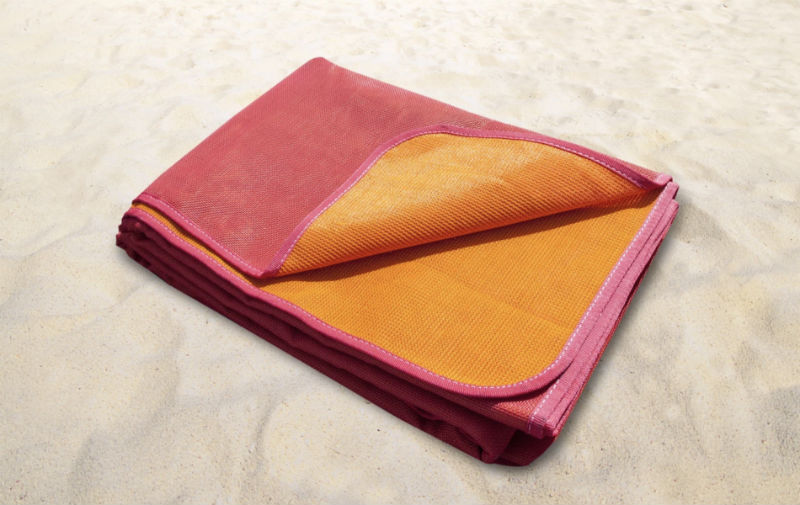
Also take as many towels as you can possibly can – you’re probably going to need more than you think! Swap out wet, sandy towels if your child is sensitive to the texture – these towels (see below) from Dock & Bay not only look gorgeous, they’re made to be quick drying and sand-free, plus they also come in a handy pouch for carrying. Shop online at dockandbay.com.au. Remember to keep a towel aside for wiping sandy hands when the kids have lunch.
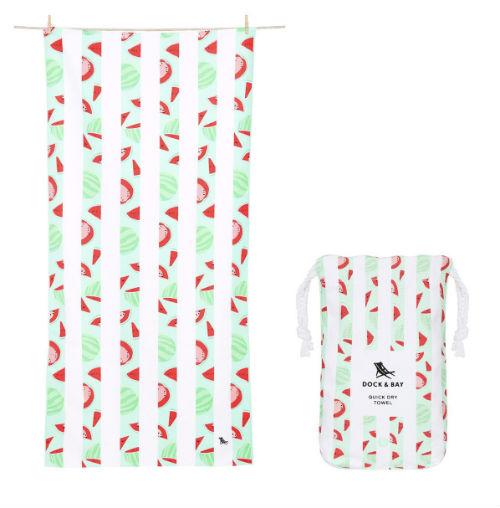
And, on the subject of lunch – pouches of yoghurt and fruit are a godsend for sand-free snacks. Cut sandwiches into smaller pieces and compartmentalise everything so that sand doesn’t get absolutely everywhere (even though it probably still will!). Take a bit extra to eat too if you can to replace any of the sandy stuff.
A good bug-spray will help keep annoying, biting critters away but you’ll need to find one that suits your child’s sensitivities, especially if they have difficulties with feeling ‘sticky’ or with anything strong smelling. The same goes for sunscreen. Practice applying both at home to help desensitise your child and avoid meltdowns on the sand. Applying sunscreen provides the perfect opportunity for a deep pressure massage which can be calming and regulating for many children.
If your child is partial to licking sunblock, look for a natural product in your health food store and a zinc-based or absorbent free product can be good for those with sensitive skin. If your child really can’t tolerate having sunblock applied, look for light long- sleeved rash clothing and leggings and be sure to move into the shade or inside for the hottest parts of the day.
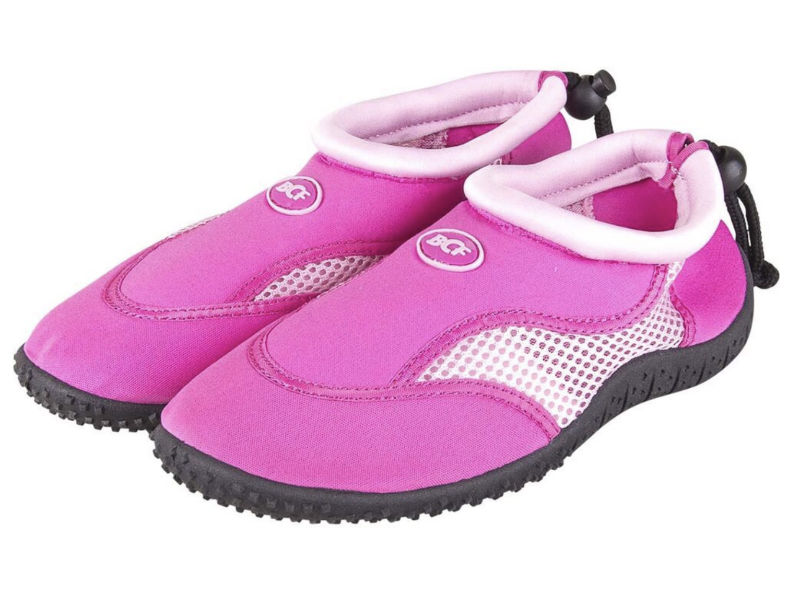
No shade also equals hot sand, which any child will struggle with regardless of their sensitivity so think about the shoes your child will tolerate when their feet are wet and sandy. Aqua socks are a brilliant choice for many – they will stay relatively sand-free and protect your child’s feet from rocks etc in the water. They’ll also protect the delicate tops of feet from sunburn.
When it comes to heat tolerance, think about taking a portable shelter. These are invaluable at a beach where shade can be lacking.
OTHER CHALLENGES
So much stuff
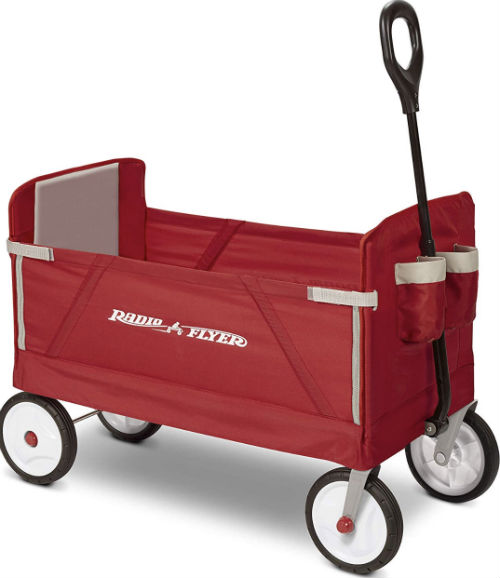

Remember the line in Grease – ‘haul your cookies all the way to the beach for some guy’? Oh, if only cookies were the only thing we had to take, right? Packing a bag the night before can help so there is one less thing to do when you’re trying to get out of the door. Prep your food and fill water bottles in advance so you just have to grab them from the fridge in the morning. To tackle the challenge of getting everything and everyone from the car to your chosen spot on the sand – we love these beach wagons. No heavy lifting and heaps of room for all your stuff. Search Beach Wagon on amazon.com.au to see all the different options available. The Radio Flyer pictured here can even seat the kids (in the unlikely event of you having room to spare!)
Accessibility
If your challenge is also getting your own child onto the sand due to restricted mobility and/or wheelchair accessibility there are now a growing number of beaches that have beach matting along with other facilities such as beach wheelchair hire for wheelchair users. Check out accessiblebeaches.com for the lowdown.
My child isn’t toilet trained
Oh boy, we’ve got your backs on this one. Check out this page for a huge review of all the different swim nappies and swim continence togs on the market. The accessible beaches website mentioned above also includes beaches with accessible changing facilities in their directory. Some places now even have hoists.
I’m worried about their safety
If your child is a wanderer there are some great wearable tracking devices available such as the Moochies Smartwatch.
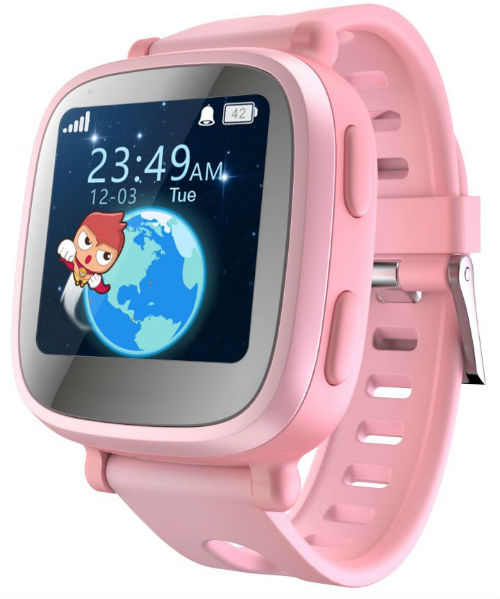

If your child should become lost, it also helps if you have a recent photo available – perhaps snap one of them in their swim gear on the day and also a written description of your child’s special needs – will they respond to their name, can they reply to questions, will they run away etc.
You can make sure your child knows the rules of the beach in advance by attending a lifesaving session for kids with disabilities. Special Nippers gatherings are now held at many Surf Life Saving Clubs at beaches up and down the country. Contact your local club to find out what’s on offer and when.
Also make sure you check out the essential advice on water safety from Autism Swim here.
Finally, remember to take things slowly. Let your child get comfortable with one thing at a time and take things at their own pace. Think about going to the beach early or late when there are a fewer people and sensory distractions.
With a few adjustments, the right products and a can-do attitude we’re sure you’ll soon be having a splashing good time.






